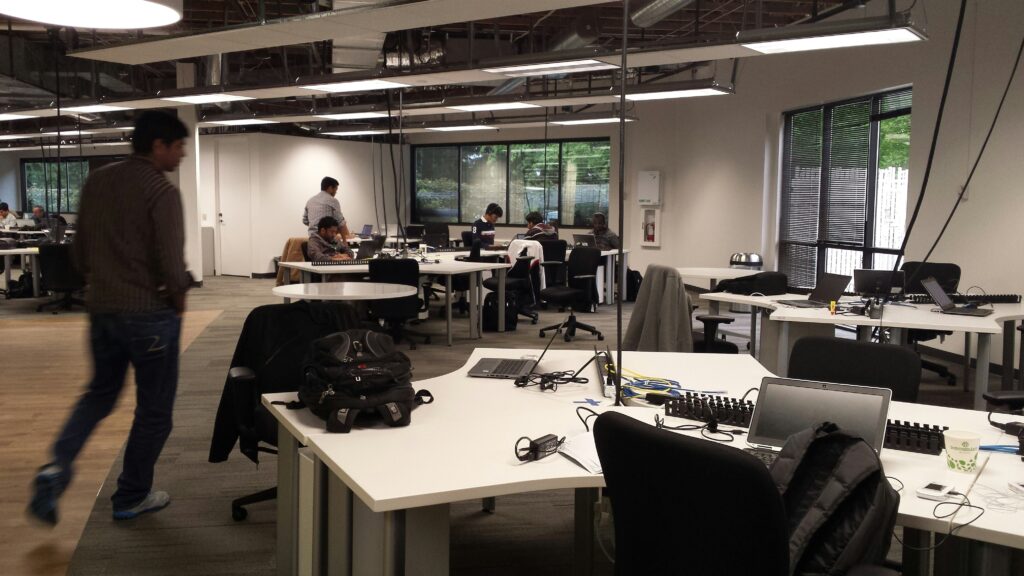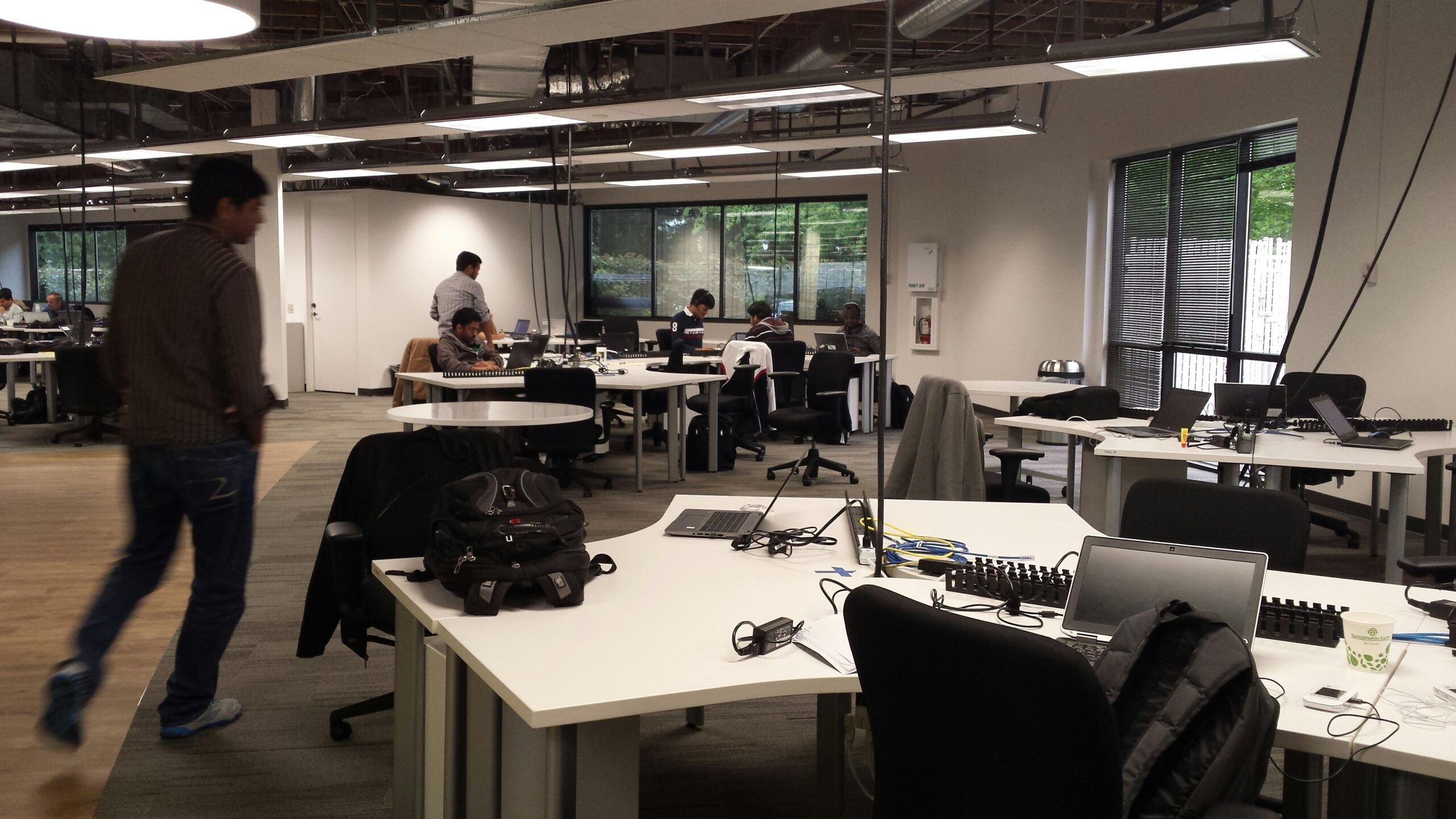By Mercedes Quintanilla.
Summing up, the sick building syndrome is a set of situations in which building occupants experience acute health and comfort effects, stimulated or caused by pollution and aggravated by their own working conditions.
Currently we find that there are buildings that are born sick or that in their useful life become sick, which leads to a remodeling or reconstruction process with the aim of ensuring the control and protection of health, it is important to take into account the following possible risk factors.

RISK FACTOR’S.
Environmental contaminants.
– Carbon dioxide.
– Carbon monoxide.
– Carbon Sulfide.
– Sulfur dioxide.
– Nitrogen dioxide.
– Lead.
– Water steam.
– Particles and biological aerosols.
– Organic vapours.
– Dust and fibers (asbestos, glass, textiles)
– Styrene.
– Toluene.
– Cadmium.
Lightning.
Low lighting level, insufficient contrast, excessive brightness and glare create visual stress and eye irritation and headaches.

Noise.
Maintaining sound pressure levels above the limit of 60-70 dB (decibels) can cause fatigue.
Environment.
The suggested temperature range to avoid inconveniences is between 22° C ± 2°C (71° F ± 4° F)
Relative humidity.
There is no known agreement on the ideal range of relative humidity, but the most widespread is set at 20 and 60%, values greater than 70% favor the increase of fungi and other contaminants.
Ventilation.
This is one of the most common factors of sick building syndrome, the International Energy Agency indicates that a contribution of 8 liters per second (about 30 m3/h) per person will be adequate to extract bioeffluents (pollution emitted by a standard person) . In itself, ventilation should not cause additional problems, but care must be taken to maintain and clean the equipment to avoid recirculation and the introduction of new contaminants.
Ergonomics.
The use of inappropriate furniture causes fatigue, headaches, muscle pain and circulation problems.
Psychosocial factors.
According to the classification of the WHO (World Health Organization), the schedules, participation in the work, the rhythm of the work, responsibility, repetitive work, monotony, consideration of the position, ambiguity of roles, conflicting demands, little possibility of promotion and lack of involvement in the objectives of the company, such as conflictive situations due to an imbalance between the demands of the physical, psychological and social environment.
Based on current knowledge, it is recognized that it is very unlikely that the diseases and disorders related to this syndrome will be completely eradicated, but acceptable conditions can be achieved, the effects can be minimized if attention is paid to the design, construction and maintenance of the system. building.
References.
• Subils, M. J. B. & National Institute of Safety and Hygiene at Work (Spain). (1994). Sick building syndrome. National Institute of Safety and Hygiene at Work.
• EPA. (1991, February). Indoor Air Facts (No. 4). Indoor Air Facts No. 4 (revised) Sick Building Syndrome. https://www.epa.gov/sites/default/files/2014-08/documents/sick_building_factsheet.pdf
• Berenguer Subils, M.J. (2019). Sick building syndrome: risk factors (NTP 289). Ministry of labor and social affairs. https://www.insst.es/documents/94886/327166/ntp_289.pdf/7299d03d-aba7-4b06-8adb-5d5732fb5eb9

Read the Comments +